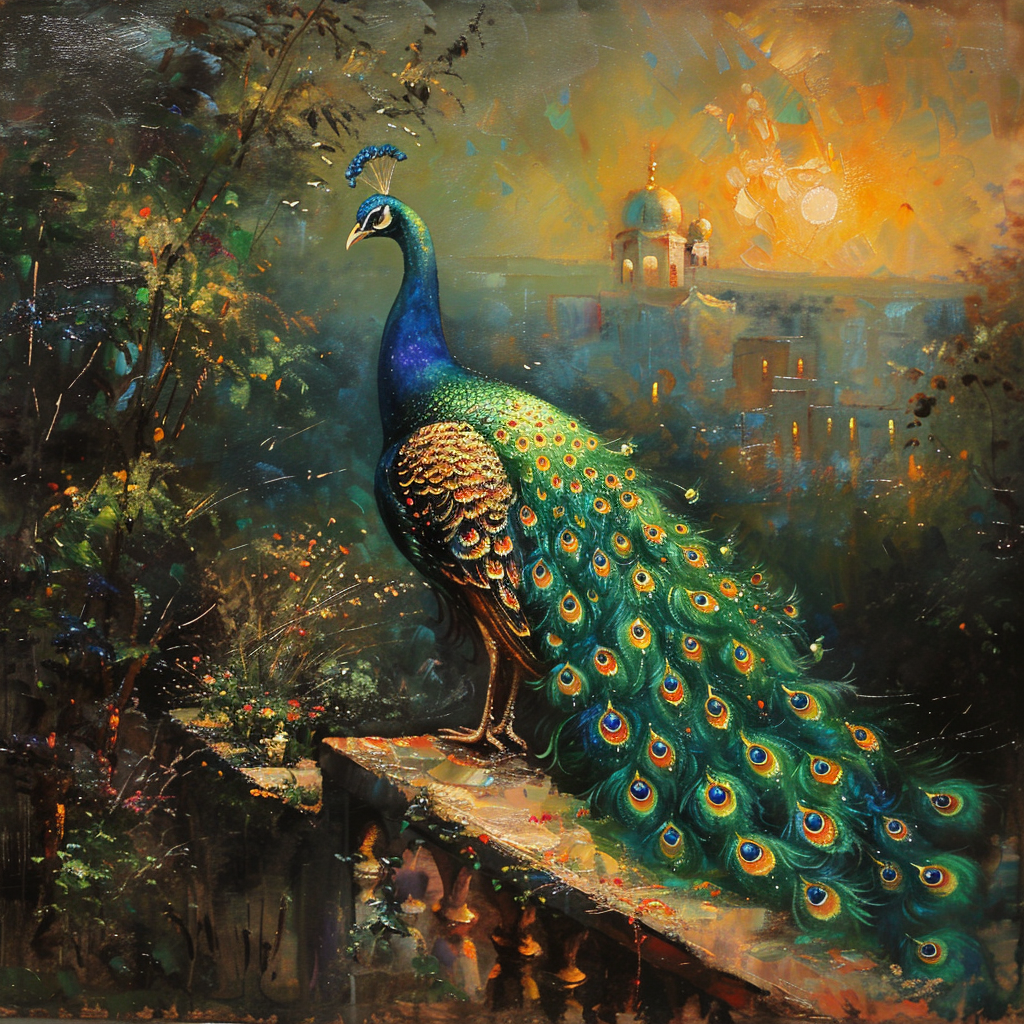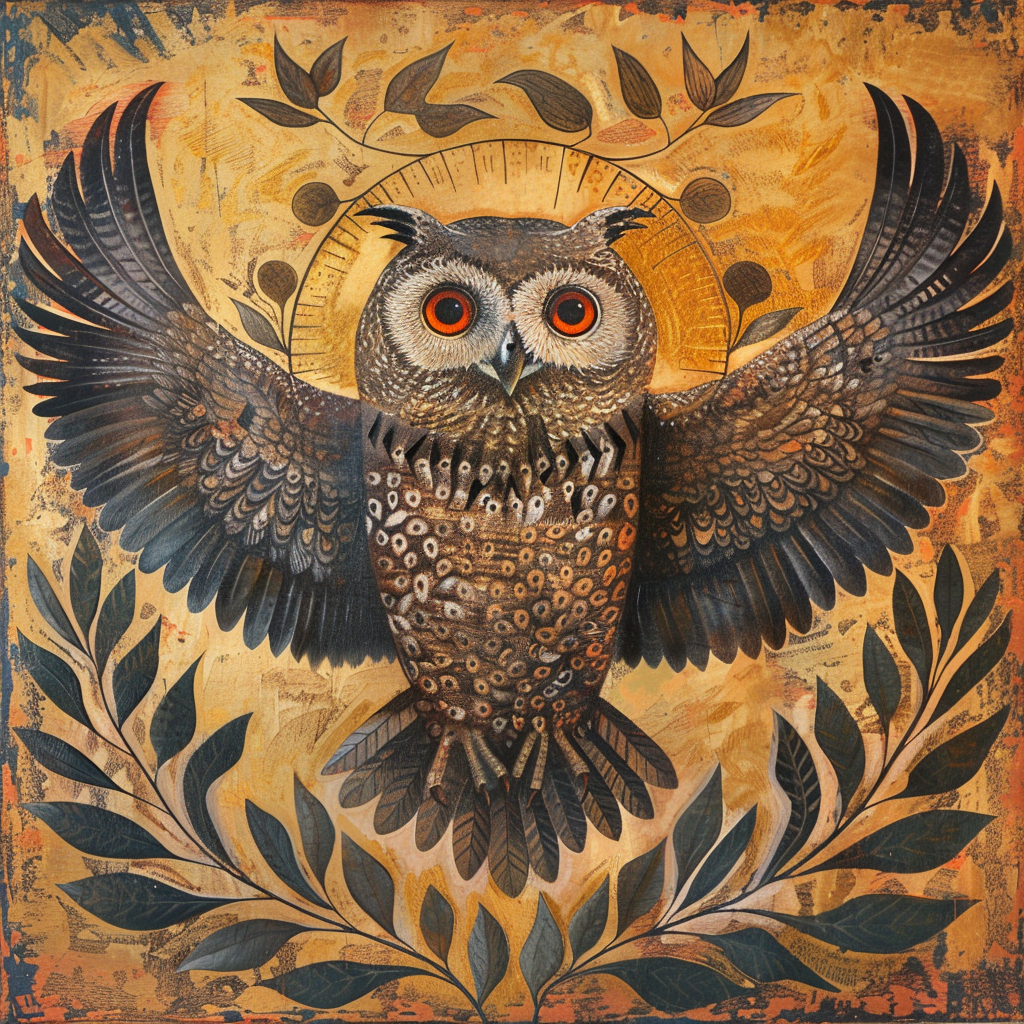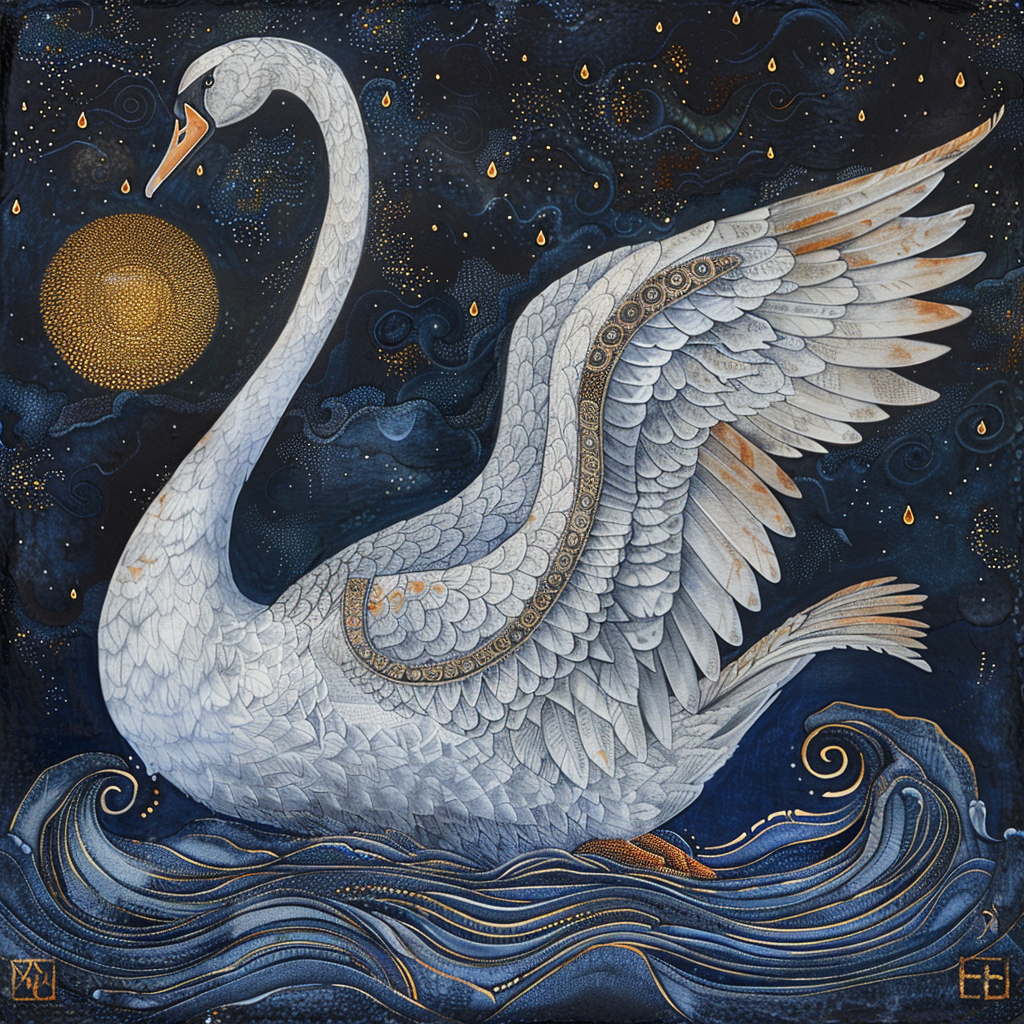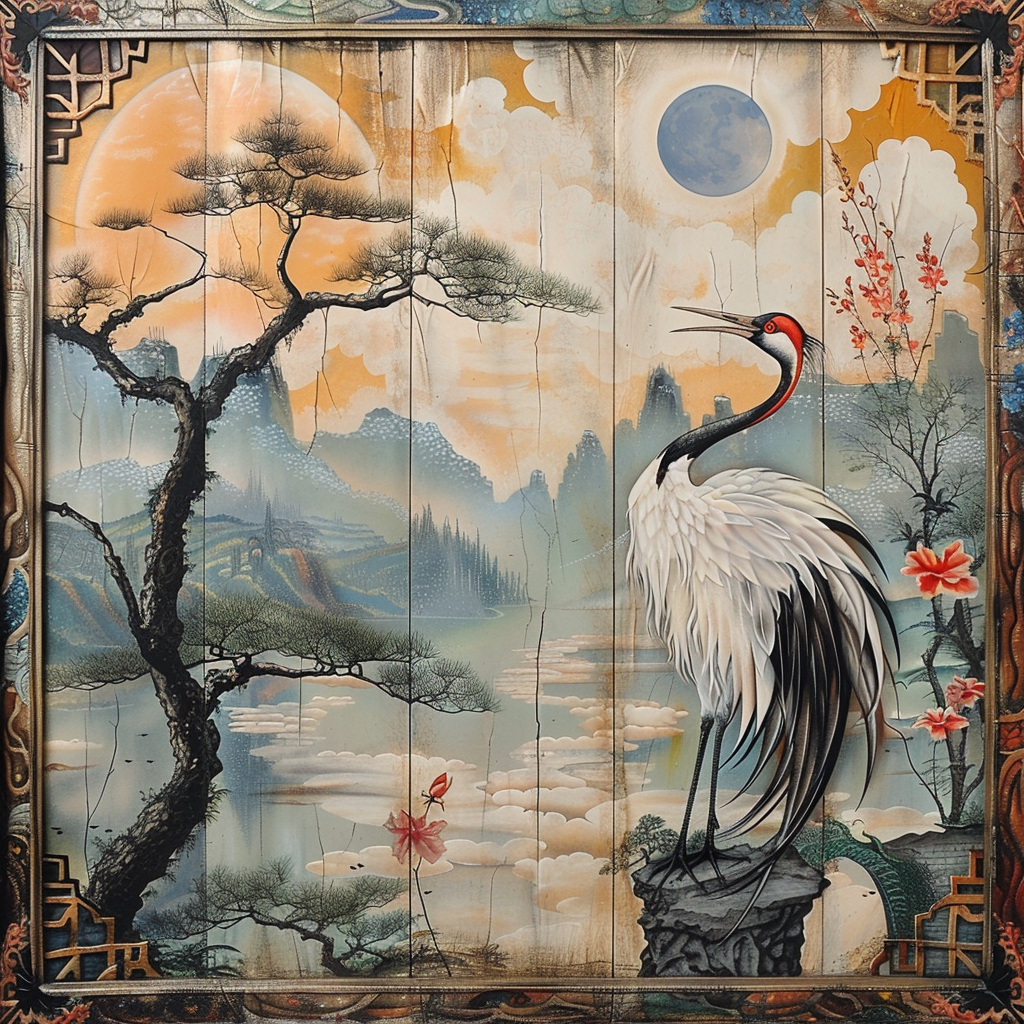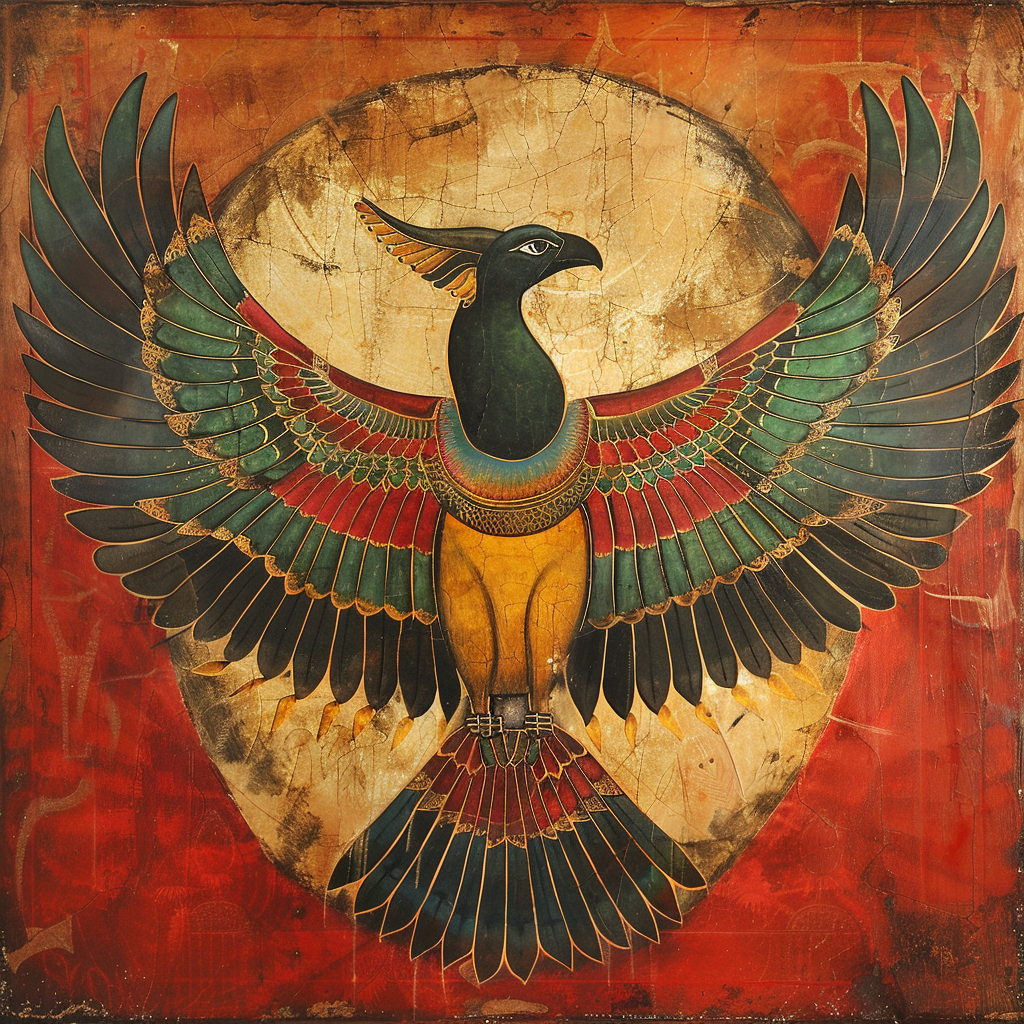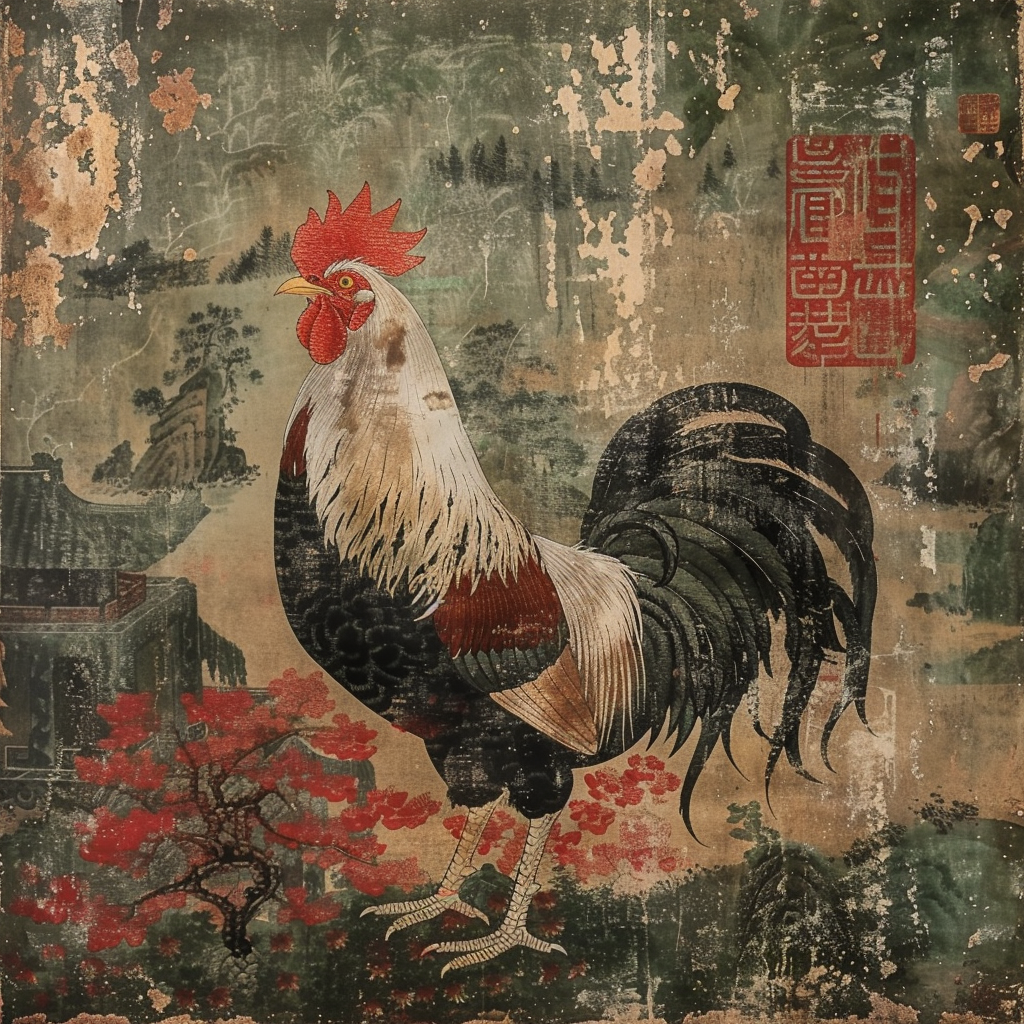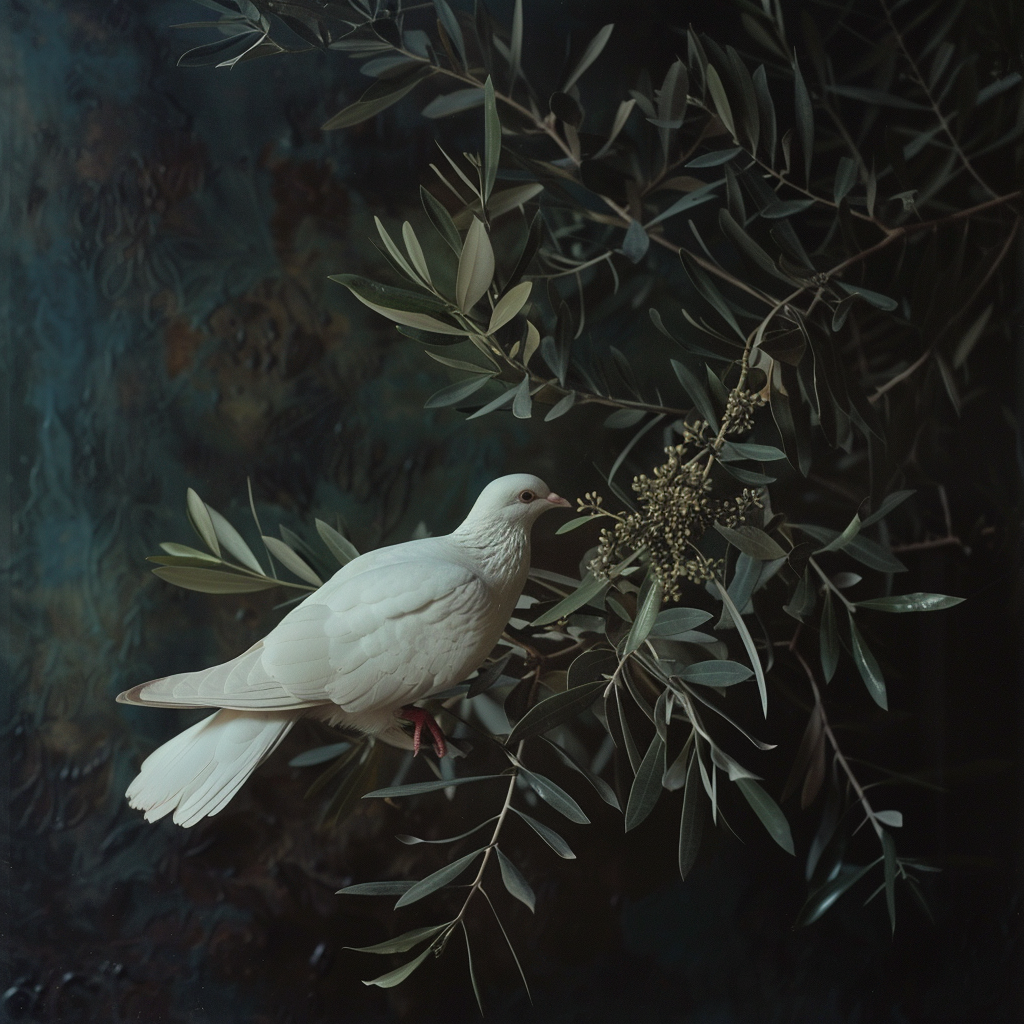The Symbolism of Birds in Art: A Flight of Meaning and Beauty
Exploring the Significance of Birds
Throughout history, birds have captivated the human imagination, holding symbolic significance across cultures and spiritual traditions. From ancient mythology to modern religious iconography, these avian creatures represent myriad themes, including freedom, spirituality, and transformation. Join us on a journey as we explore the rich symbolism of birds in art and uncover their profound messages.
Winged Messengers of Spirituality and Divine Communication
In religious art, birds often serve as messengers between the earthly realm and the divine. For example, in Christian iconography, doves often symbolize the Holy Spirit, representing peace, purity, and divine love. The biblical story of Noah's Ark further reinforces the association of doves with hope and renewal, as the dove sent by Noah returns with an olive branch, signaling the end of the flood and the promise of a new beginning. In Indigenous culture, mourning doves are often associated with peace, harmony, and spirituality, seen as messengers of hope and healing.
The eagle, revered across cultures for its association with strength, courage, and divine protection, embodies the spiritual power and majesty of the heavens. In ancient mythology, the eagle was often depicted as a messenger of the gods, symbolizing victory, wisdom, and foresight. In Indigenous cultures, the eagle holds profound spiritual significance, serving as a symbol of freedom, vision, and connection to the Great Spirit.
Flight of the Soul
Birds in flight evoke a sense of freedom and transcendence, symbolizing the soul's journey towards enlightenment and liberation. In stained glass art, depictions of birds soaring amidst colorful skies convey a sense of boundless possibility and spiritual ascent, inspiring viewers to reach for higher ideals and transcend earthly limitations.
Guardians of the Natural World and Environmental Harmony
As symbols of the natural world, birds remind us of our interconnectedness with the environment and the importance of ecological harmony. In stained glass art, depictions of birds in their natural habitats serve as reminders of the beauty and fragility of the natural world, urging us to protect and preserve the precious ecosystems that sustain life on Earth.
Divine Strength and Protection
Birds of prey, such as eagles and hawks, symbolize strength, courage, and divine protection in religious and cultural contexts. In stained glass art, these majestic birds are often depicted as guardians and protectors, their watchful gaze inspiring a sense of awe and reverence in viewers.
Romantic and Familial Bonds
Paired birds, commonly depicted as doves or swans, hold significant symbolism in stained glass art, embodying profound themes of love, fidelity, and devotion. Throughout history, these graceful creatures have been revered for their symbolic representation of romantic and familial bonds, serving as powerful emblems of unity and affection.
Similarly, swans have been revered in many cultures for their elegance and grace, often symbolizing fidelity and eternal love. In Greek mythology, swans are associated with the goddess Aphrodite, the embodiment of love and beauty. The tale of Leda and the Swan, where Zeus takes the form of a swan to seduce Leda, underscores the enduring motif of love transcending earthly boundaries.
Symbols of Rebirth and Renewal
Birds are often associated with themes of renewal, regeneration, and rebirth, symbolizing the cyclical nature of life. In art, depictions of birds rising from ashes or perched amidst blooming flowers awaken a sense of hope and renewal, inspiring viewers to embrace the endless possibilities of transformation. Birds have long served as symbols of beauty, grace, and spiritual significance in art and culture. Through these creations, we're reminded of the enduring symbolism of birds and art's power to inspire contemplation and spiritual upliftment.
Swan:
Christianity: Symbolizes purity, grace, and spiritual awakening.
Hinduism: Represents divine beauty and grace.
Norse Mythology: Associated with the Valkyries and signifies purity and transformation.
Rooster:
Christianity: Often symbolizes vigilance, resurrection, and the announcement of a new day.
Chinese Folklore: Represents good luck, fidelity, and protection.
Celtic Tradition: Associated with the sun and signifies courage and watchfulness.
Hawk:
Christianity: Symbolizes vigilance, focus, and spiritual insight.
Native American Spirituality: Represents vision, freedom, and messages from the spirit world.
Ancient Egypt: Associated with the sun god Ra and symbolizes protection and guidance.
Crane:
Buddhism: Represents longevity, happiness, and peace.
Japanese Culture: Symbolizes good fortune, fidelity, and prosperity.
Chinese Folklore: Associated with wisdom, longevity, and fidelity.
Pelican:
Christianity: Symbolizes self-sacrifice, charity, and redemption.
Ancient Egypt: Associated with the mother goddess Isis and signifies nurturing and protection.
Medieval Bestiaries: Represented as a symbol of Christ's sacrifice and care for his followers.
Dove:
Christianity: Symbol of the Holy Spirit, peace, and purity.
Judaism: Represents peace, purity, and the presence of God.
Ancient Near East: Associated with fertility and divine protection.
Eagle:
Christianity: Symbolizes strength, courage, and divine protection.
Islam: Represents power, authority, and spiritual ascension.
Ancient Greece: Associated with Zeus and signifies power and victory.
Peacock:
Christianity: Symbolizes resurrection, immortality, and renewal.
Hinduism: Represents grace, beauty, and the cycle of life and death.
Buddhism: Associated with wisdom and compassion.
Phoenix:
Christianity: Symbolizes resurrection and eternal life.
Ancient Egypt: Represents rebirth and regeneration.
Greek Mythology: Signifies renewal and immortality.
Owl:
Christianity: Often associated with wisdom and discernment.
Native American Spirituality: Symbolizes intuition, change, and guidance.
Ancient Greece: Associated with Athena, the goddess of wisdom.




